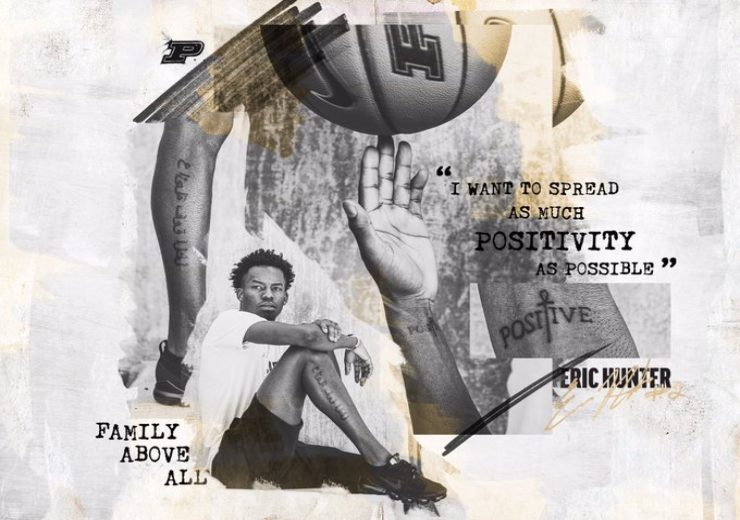In this era of TikTok, memes and lofi content, we face a unique challenge for creatives and digital teams. The challenge? To redefine what we view as quality content.
For so long, “quality” content has referred to the level of production value – how polished, how pretty and how much work was put into it. Creators and marketers have historically defined the standard for quality content and advertising by what they deem aesthetically and creatively appealing. And, we have been looking at it all wrong.
Digital, with instant feedback from consumers and a generation that’s creating straight from their phones, is forcing us to rethink how we approach and think about all aspects of marketing — and the definition of quality content should be one of them. For so long quality content has been based on a marketer’s definition and has completely ignored the audience.
Are you ready for the truth about content?
Our audiences don’t care how much time was spent creating something. They don’t care if a piece is polished or it isn’t. They don’t debate 4K video vs. iPhone video or care if Photoshop or Canva were used to make a graphic. And, they especially don’t care if something went through a 100-person approval process.
Our audiences care if the content is interesting to them, period.
Because of this, it’s time to flip the definition of “quality” content on its head. Quality content should not only be defined by production value. Quality content should be determined by how much it resonates with the audience.
This is not to downplay high-production value. I believe production value and creative integrity matter, but there’s a time and a place. For far too long creative has been upheld as a very precious thing that has to be perfect. And in our audience’s eyes, that’s not the case.
It’s actually empowering and freeing for all creatives out there when you realize the standard of creative you’ve set for yourself is higher than the audience you’re catering to. All the rules we’ve been taught or enforced on ourselves are out the window. We have permission to experiment; not everything has to be perfect.
If quality content can take many shapes and forms, then we don’t need to get bogged down in the details that simply don’t matter. We can test and try and let some less-so-polished things fly.
If we can remember that consumers scroll, tap and move on quickly and that the shelf life of content is short and fleeting, then we can permit ourselves not to have to make everything perfect.
If we can understand that quality content is less about the time spent on something and more about how much it resonates with people, we’ll spend more time on how to evoke emotion in people and less time worrying about how to simply make it pretty.
Quality content is about making people feel, not making something pretty. It’s always a win when you can make people feel something with pretty content, but it doesn’t always have to be high production and artistically perfect to resonate.
Creatives and marketers have to get comfortable with what makes us uncomfortable. We should always want to put our best foot forward, but that doesn’t mean we have to be so precious that we don’t recognize that lofi and less polished content has its place — and that it actually reosnates.
So here’s to lots of quality content ahead, whether it’s a lofi Tiktok created straight from your phone or a long-form video that tells an emotional human interest story. As a consumer, I hope my feeds are filled with both.
